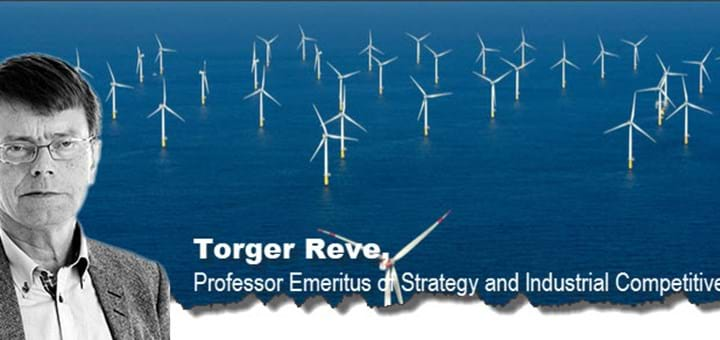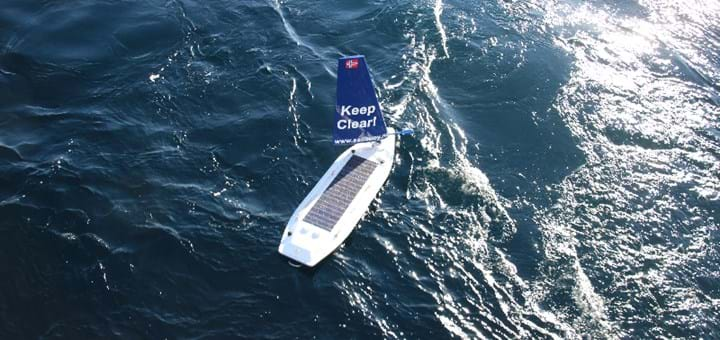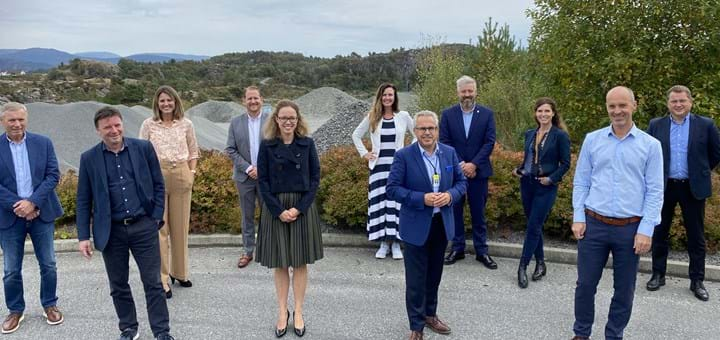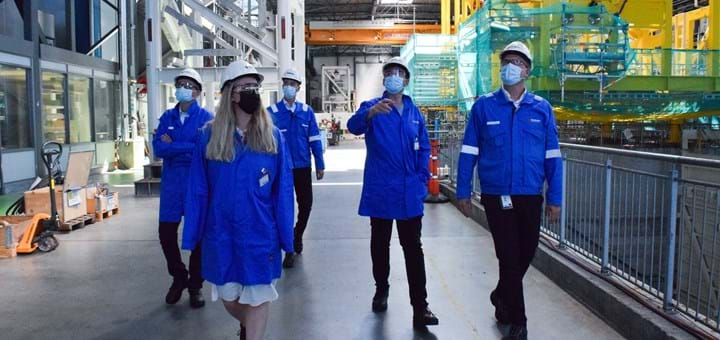Equinor using the Autonomous Sailbuoy at Hywind Scotland
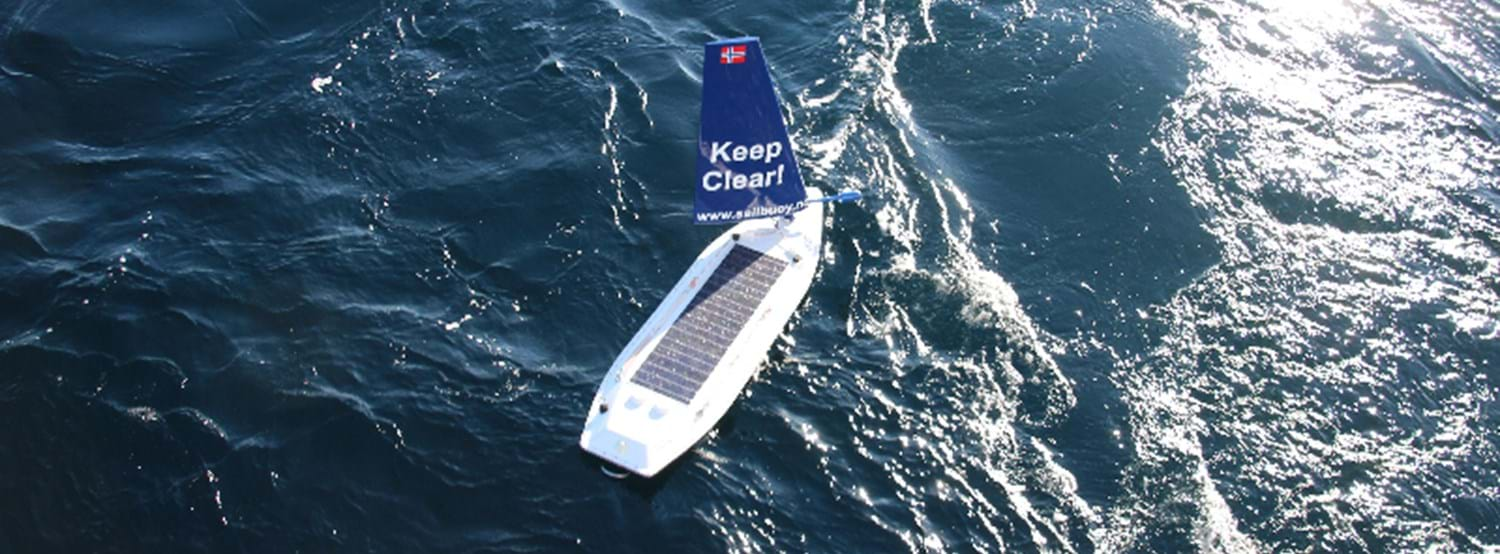
The Sailbuoy is operated by Akvaplan-niva, and the goal of the operation is to provide Equinor with further insight on interactions between floating offshore wind farms and marine life.
Powered by the wind and sun, the glider travelled on its own from Bergen, Norway, to the wind farm just off the coast of Peterhead, Scotland, where it used acoustic sensors to map fish presence and biomass quantity, according to Equinor.
The Sailbuoy, operated by Akvaplan-niva, is equipped with an echosounder to identify adult fish. Equinor hopes the results will provide further insight on interactions between floating offshore wind farms and marine life.
Akvaplan-niva will analyse the data, and Equinor will use it to understand more about the populations of fish around the wind farm, according to a recent article.
– The Sailbuoy survey at Hywind Scotland is a great example of real-life applications and demonstrate the maturity of autonomous offshore operations, says Bjarte Fagerås, Senior R&D Manager at GCE Ocean Technology (photo).
– Several of GCE Ocean Technology's members develop technologies and services within USV and AUV and participate in related research programmes with universities and research institutes. The Sailbuoy by Offshore Sensing is a great example of an industrial spin-off from a research project within NORCE (Norwegian Research Centre), another member of GCE Ocean Technology. We are following the continued development of this exiting technology with interest as it is one of the pioneers in a growing market segment, Fagerås ends.

Developed by Offshore Sensing
The SailBuoy is a long-duration unmanned surface vehicle developed by Offshore Sensing, a member company of GCE Ocean Technology.
Sailbuoy collects ocean data in remote locations, under extreme weather conditions.
“Our drone doesn’t care about the size of the waves,” says David Peddie, CTO of Offshore Sensing. “The SailBuoy can float on 12-metre waves like a cork and continue sailing in storm force winds.”The Sailbuoy is a long endurance unmanned surface vehicle for the oceans.
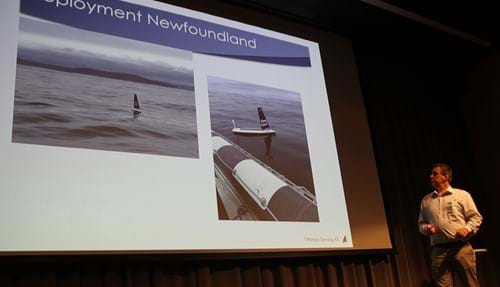
Photo: David Peddie presenting the Sailbuoy’s transatlantic crossing at Subsea Innovaton Day 2019.
Field proven to stay for months at sea, it navigates the oceans autonomously - transmitting back data at regular intervals.
The Sailbuoy can be used for a wide variety of ocean applications. From measuring ocean and atmospheric parameters to tracking oil spills or acting as a communication relay station for subsea instrumentation. You can follow the Sailbuoy and update tracks in real-time from your computer, tablet or smart phone.
Transatlantic Crossing in 2018
During our Subsea Innovation Day in 2019, David Peddie presented the Sailbuoy’s journey as the first ever unmanned surface vehicle to complete an Atlantic crossing.
After 80 days at sea, the vehicle arrived at the finish line. Deployed in Newfoundland, it had travelled to Ireland sailing a total of 5100 km to cover the 3000 km stretch.
Having crossed the Atlantic, the Sailbouy finally reached Norway after 118 days at sea -having covered a total of 7800 km in all kinds of weather from Newfoundland to Norway via Ireland.
Contact Information
Kjersti Boge Christensen
Communication Manager


